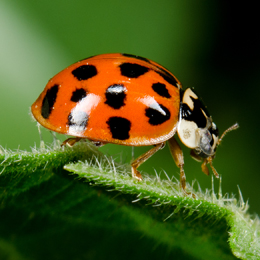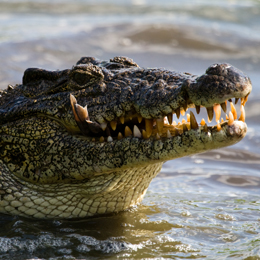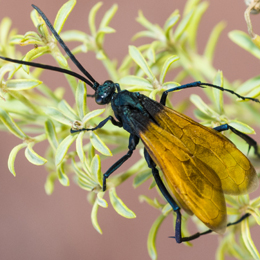Description
Widely known as the Giant bird-eater, Goliath bird-eater, and Giant tarantula, it gets the name “giant” and “goliath”, due to its sheer size. Although it is very rarely seen eating small birds, the name “bird-eater” clung to it due to an early 18th-century engraving done by naturalist Maria Sibylla Merian, showing the spider eating a hummingbird.
Like all tarantulas, the Goliath is covered with minute sensitive hairs on its legs. It is an arachnid and they do not have a backbone or inner skeleton. Instead, they possess an exoskeleton, which is a hard outer skeletal structure. In order to grow bigger, a spider sheds its exoskeleton periodically and emerges out with a new exoskeleton. This process is called molting.
Molting also allows Goliath spiders to regenerate broken limbs. The new limb is smaller and underdeveloped after molting, but it gradually gains size and mass with each molting session to eventually reach the normal size.
Female goliath spiders are larger and have a longer life span when compared to a male goliath bird-eating spider.
Males die soon after reaching sexual maturity and have an average life span of 3 to 6 years while a female can live for up to 25 years in the wild. Females molt several times in their lifespan, but a male is rarely seen molting after reaching maturity.
Male spiders can be identified by their mating hooks located on the front legs. On the basis of its mass, a giant goliath bird-eating spider is undisputedly the largest spider in the world. An adult can weigh up to 170 grams or 6 ounces.
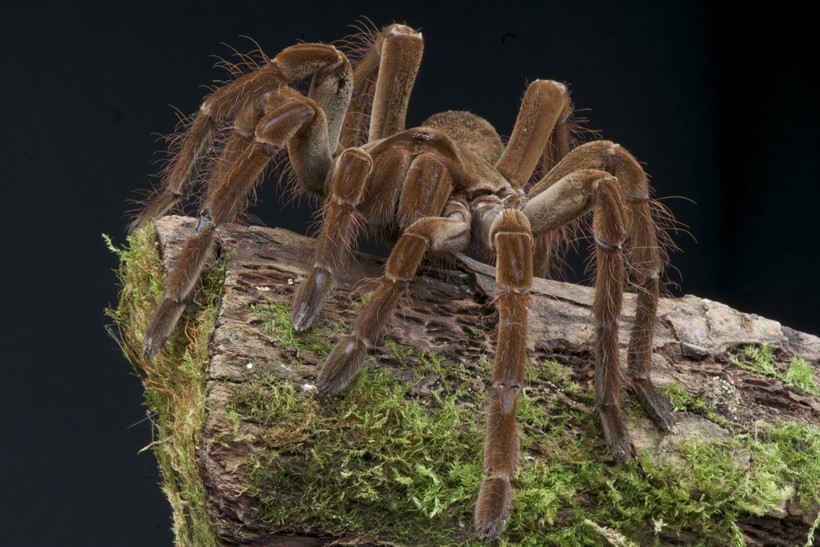
With the sensitive hairs, the bird-spider can pick up even the smallest vibrations.
?
Image credits: reptiles4all/Shutterstock
The goliath bird-eating spider cannot hear or smell its prey. It has eight small eyes on the front of its head, but their eyesight is very poor. So, they completely rely on their sensitive hairs to understand their surroundings.
The hairs on its feet and body are so sensitive that they can pick up even the smallest vibrations in its surroundings. Based on these vibrations, the spider is able to maintain a safe distance, while it gets a clear picture about the size of prey and predators wandering nearby.
Habitat
The Goliath bird-eating spider is found in the rain forest regions of Guyana, northern Brazil, French Guiana, southern Venezuela and Suriname, of northern South America. They take shelter in burrows that are abandoned by rats and other rodents. It is a highly efficient ambush predator that uses venom and strength to catch prey.
The Goliath patiently waits, sensing the vibrations around the entrance of its burrow, with its sensitive hairs. As soon as it senses a potential prey animal, the spider burst out from the burrow to grab it.
The tiny hairs on its feet allow them to detect prey even when they cannot see it. The spider can stay undetected and sense any movement outside its burrow to perfectly ambush the unsuspecting prey. The prey sees the giant only when it’s too late. It then injects venom into the prey with its fangs.
The venom not only kills the prey but also dissolves its internal matter into easily digestible juices.
Rodents, lizards, frogs, bats, earthworms and other small insects are the most common goliath bird-eating spider prey in the Amazon. But for spiders the size of dinner plates, even small birds like hummingbirds are on the menu occasionally.
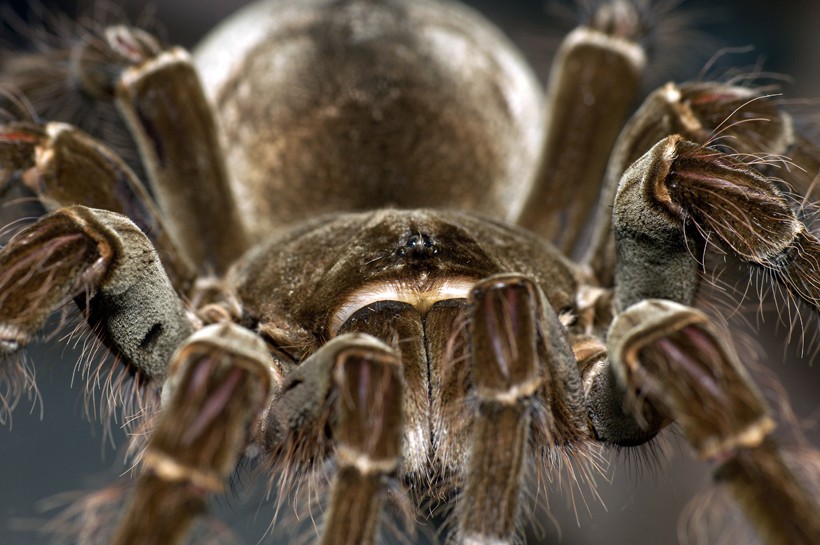
The venom even dissolves the internal matter of the prey into easily digestible juices
?
Image credits: B & T Media Group Inc./Shutterstock
A goliath bird eating spider bite is not very harmful to humans. It generally causes a stingy sensation, pain and nausea, which heal easily in a few days time.
When threatened the goliath spider tends to brush their front legs together to make a hissing sound. If this warning hiss doesn’t work, it rubs its legs to release tiny hairs into the air. These hairs can cause skin irritation and are also very harmful to mucous glands in the eyes. The Giant Goliath needs these defence strategies to fend off the many predators sharing its habitat.
It experiences a constant threat of predation from larger mammals of the Amazon. However, the most formidable of all predators is the tarantula hawk.
The tarantula hawk is a wasp that is specialised in hunting tarantula spiders. A female tarantula hawk uses its sting to paralyse the spider and then takes it to her nest. The body serves as a nest for her eggs and later as food for her young larvae.
Humans also hunt goliath spiders. In parts of northern South America, the spider is roasted in a banana leaf and eaten. Locals find it very tasty and often describe that it tastes like prawns.
Reproduction and Life Cycle
Goliath bird-eating spider reaches maturity in 3-6 years after birth. They mate during spring or early summer. The male goliath bird-eating spider approaches the burrow and tries to entice the female out. During this time the male is at great a risk of being attacked.
As goliath spiders can only sense vibrations and not see its mate, the female often misunderstands the smaller male as a potential prey and kills it. Specially designed mating hooks help the male to stay safe from his mate’s deadly fangs.
Several days after mating, a female lays up to 100-200 eggs in an egg sack and guards it for up to 4 months before the spiderlings finally hatch out. In some cases, the females also store the sperm from the male for up to 15 months to produce more than one batch of eggs.
The eggs are laid inside the burrow and the burrow is sealed with a sticky silk. The female also attaches her urticating hairs on the egg sack to keep it safe from parasites. Females don’t hunt during this period and aggressively guard the eggs till they hatch.
The spiderlings don’t move out from the burrow until their first molt. Goliath bird-eaters undergo up to 10 molts in a lifetime.
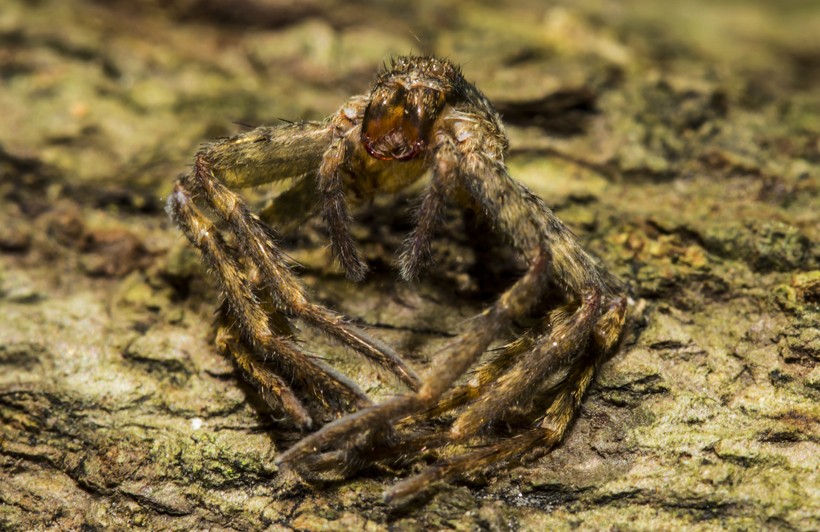
The exoskeleton of a spider (molt)
?
Image credits: poo/Shutterstock
The spiderlings are very small when they emerge from their mother’s burrow and are extremely vulnerable to predation. Insects, frogs, birds and bats frequently prey on young spiders for an easy meal. Hundreds are born, but only a few make it to their adulthood.
Behaviour and Communication
The goliath bird-eating spider is a solitary hunter of the Amazon and spends its time waiting for prey at the entrance of its burrow. It is known to aggressively defend its burrow against any threat.
When a goliath bird-eaters burrow is raided, it does not make a new one but wanders to find abandoned burrows once used by rodents. This often results in dangerous encounters with its predators, as the abandoned burrows are usually preoccupied with venomous snakes and giant centipedes. The bird-eater is a nocturnal spider and likes to move out and hunt under the cover of darkness.
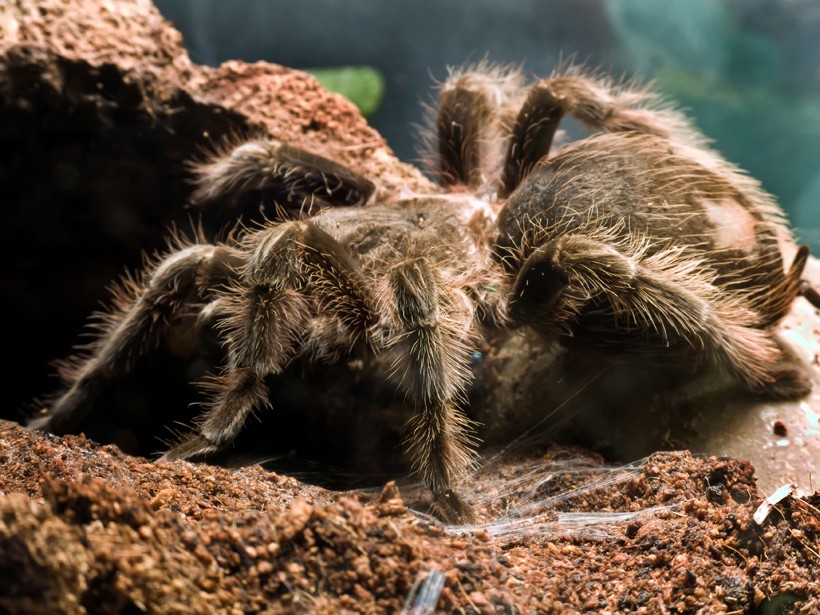
The goliath bird-eating spider spends its time waiting for prey at the entrance of its burrow
?
Image credits: cyrrpit/Shutterstock
Due to their highly solitary behaviour, not much is known about their communication methods. They confront other individuals of its species only during the mating season. Mating lasts only for brief moments, due to the aggressive nature and massive size of the females.
The male quickly rushes to safety after mating, as it can be seen as a potential prey by the female after mating. Due to such brief instances of socialisation, biologists assume that goliath bird-eaters have only a minimal level of communication between each other. The rules are plain and simple for a male Goliath; when confronted by another male, it fights for the female or to defend its burrow; if it senses a female it tries to mate with her or simply, runs for its life.
The goliath spider is quite intelligent for an invertebrate with very small brains. It is well aware of its surroundings and can be seen hunting a wide range of prey.
Two weeks before laying eggs, the female understands the requirements and works to enlarge the space inside its burrow. Based on this evidence it is concluded that the goliath bird-eater is moderately intelligent and well capable of handling its surroundings.
Population and Conservation
Goliath Bird-eating spider population is not yet evaluated by the International Union for Conservation of Nature (IUCN). The population is considered quite stable but the species experience a constant threat to its survival. Many goliath spiders are captured for the pet trade.
Catching an aggressive goliath alive is a difficult task and many individuals of the species are killed when traders try to capture them. Further, traders tend to catch larger spiders for bigger profits. This means, adult females that live for up to 25 years and lay thousands of eggs in its lifetime, are capture majorly as they grow larger than males.
Deforestation and loss of habitat are also a major threat to the goliath bird-eating spider. Locals also hunt the giant goliath, as it has been a part of the local cuisine since ancient times.
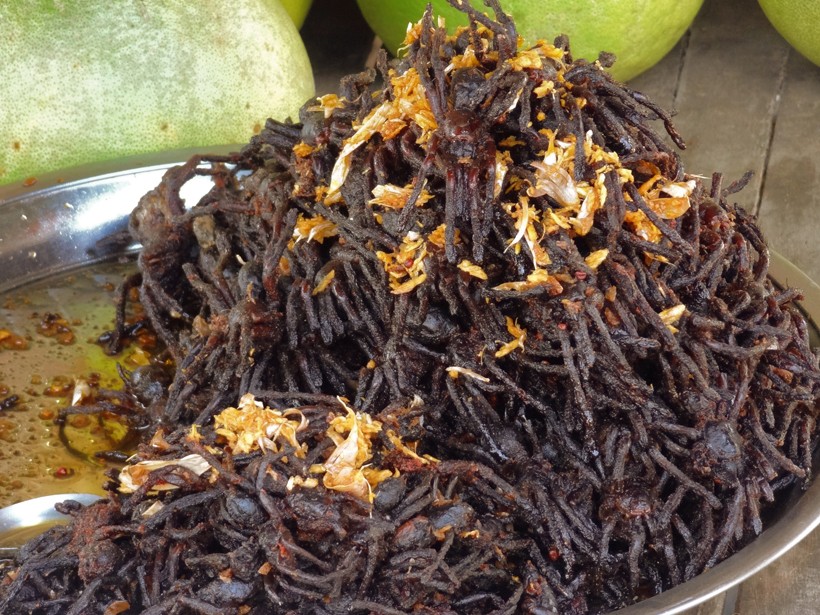
This traditional dish shows lots of fried bird-eating spiders
?
Image credits: PRILL/Shutterstock
Though the population is stable, biologists suspect that the bird-eater might get endangered in the near future. However, no conservation methods have been initiated so far.
Evolution
All arachnids developed from various arthropods, which were to first to leave the oceans around 450 million years ago. Arthropods left the oceans and settled in land in order to explore and find sources of food.
The first known arachnid was the Trigonotarbida. Trigonotarbida is said to have appeared between 420-290 million years ago. It looked very similar to the modern spiders but they did not have any silk-producing glands.
Modern spiders evolved later on from the Trigonotarbida around 250 million years ago. There are basically two types of modern spiders, they are Araneomorphae and Mygalomorphae. The fangs of the class Araneomorphae cross each other like tiny pincers. These spiders are known to build webs to catch their prey.
The giant goliath bird-eater and all other tarantulas fall under the suborder Mygalomorphae. These spiders have fangs that point downwards. They grow larger and heavier than the Araneomorphae. Mygalomorphae like the Tarantulas don’t use silk to make the web; instead, they use their strength, venom and ambush techniques to catch their prey.
Note
In many countries around the world, you can find goliath bird-eating tarantula for sale as pets. Even though they are amazingly fascinating creatures and can attract anyone, having them as pets is not a good choice to make. These creatures have venom, fangs the size of cheetah’s claws and many other ways to defend itself. They are wild and having them as pets is nothing but inviting trouble at your place. They are fiercely aggressive and keeping them in an enclosure without any expert guidance is strictly not advised. They are beautiful in the wild and are also an important part of the eco-system. So, choose not to pet them and allow them to do what they do best.
Funfacts
- The goliath bird-eating spider is one of the largest spiders to ever roam on our planet. It is the heaviest spider, weighing more than 170 grams on the scale.
- It is also the second largest spider based on the leg span. It has a leg span of up to 11 inches. The first in this list is the giant huntsman spider that has a leg span of up to 12 inches.
- The fangs of a goliath bird-eater are 2.5 inches long, which is equal to the length of a cheetah’s claw. No doubt it can penetrate human skin very easily.
- Its venom is not fatal but can cause severe pain and nausea.
- Though they are widely known as bird-eaters, it is very difficult to spot a bird-eater hunting birds. They usually go for easier prey like rodents and frogs.
- Locals remove the urticating hairs of the goliath and eat them roasted.
- While most spiders are silent, the goliath can make a hissing sound when threatened. The sound is not made by its mouth, but it rubs its feet very quickly to create the hiss.

